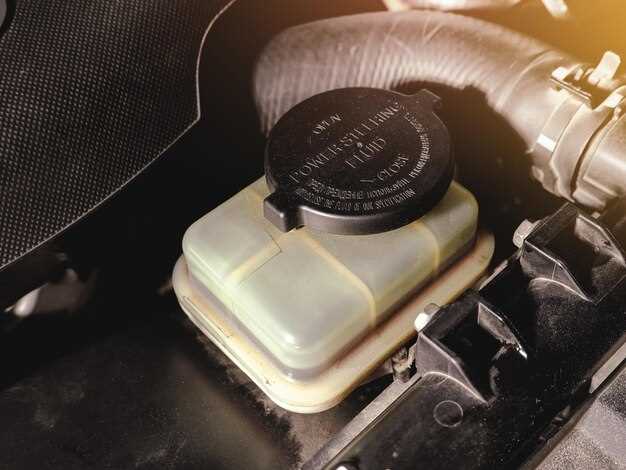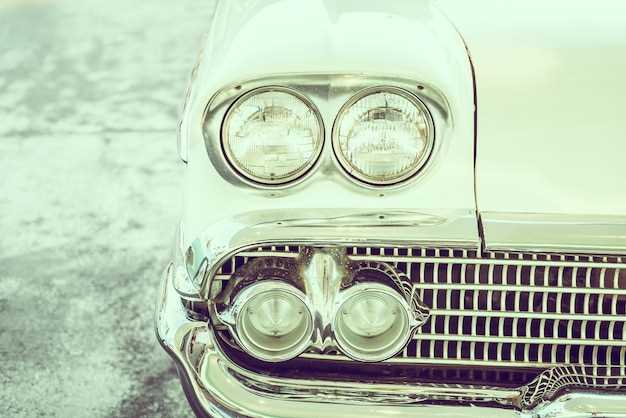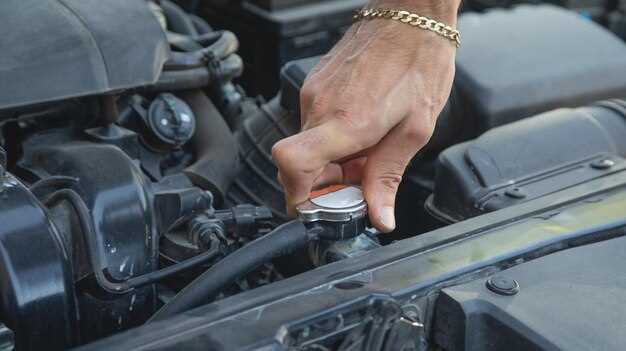

Owning a classic car is not just about enjoying its timeless design and impressive performance; it also involves a commitment to proper maintenance, particularly when it comes to the battery. The health of your classic car’s battery is crucial for ensuring reliable starts and optimal functionality. Neglecting battery care can lead to diminished performance and even failure, which can be particularly frustrating for classic car enthusiasts.
To help you keep your classic car’s battery in top shape, it’s essential to understand the unique challenges these batteries face. Whether your vehicle is used regularly or sits idle for long periods, adopting a proactive approach to battery care can extend its lifespan and maintain the overall health of your classic. From routine inspections to proper charging techniques, there are several key strategies to consider.
With the right tips and practices, you can ensure that your classic car’s battery remains robust and ready for any adventure on the open road. Let’s explore these essential tips for maintaining your classic car battery health.
Regular Inspection of Battery Terminals and Connections

Maintaining the health of your classic vehicle’s battery starts with regular inspection of its terminals and connections. Over time, the battery terminals can accumulate corrosion, dirt, and grime, which can impede electrical flow and reduce overall performance. A clean connection ensures that the vehicle starts reliably and operates efficiently.
Begin by visually inspecting the battery terminals for any signs of corrosion, which appears as a white or greenish powdery substance. If you spot any buildup, it should be cleaned promptly using a mixture of baking soda and water. Apply this solution with a brush, ensuring that the terminals are free from any residue afterward. Rinse the area with water and dry it thoroughly to prevent future corrosion.
In addition to cleaning, check the tightness of the connections. Loose connections can lead to inconsistent power delivery, which may affect your vehicle’s performance. Use a wrench to tighten the terminal clamps securely, ensuring a snug fit without over-torquing, which could damage the terminals.
Lastly, consider the condition of the battery cables themselves. Look for any signs of wear, such as fraying or cracking, and replace them if necessary. Regularly inspecting these crucial components will not only prolong your classic vehicle’s battery life but also enhance its overall performance on the road.
Optimal Charging Techniques for Classic Car Batteries

Maintaining the health of classic car batteries is essential for ensuring the longevity and reliability of your beloved vehicle. Proper charging techniques can significantly enhance battery performance and lifespan.
Firstly, always use a charger that is compatible with the specific type of battery installed in your classic vehicle. For many older models, lead-acid batteries are common, and selecting a charger designed for this type can prevent overcharging or damage. Smart chargers automatically adjust the voltage and current based on the battery’s state, providing an ideal solution for classic car owners.
Secondly, when charging, aim for a slow and steady charge rather than rapid charging. A trickle charger or a low-amp charger is recommended, as this allows the battery to gain a full charge without overheating, which can be detrimental to its overall health. Charging at a low current will also help to preserve the electrolyte levels within the battery.
Additionally, monitor the battery voltage before and after charging to ensure it is reaching optimal levels, typically around 12.6 to 12.8 volts for a fully charged battery. Regular testing with a multimeter not only confirms charging efficiency but also helps detect any underlying issues before they escalate.
Finally, be mindful of the charging environment. Ensure that the battery is in a cool, dry place and avoid charging it in extreme temperatures, as this can affect performance and safety. Regular care and attention to these charging techniques will keep your classic car battery in prime condition, ready to deliver optimal performance whenever you take your vehicle out for a drive.
Seasonal Maintenance Practices to Extend Battery Life
To ensure the longevity of your classic vehicle’s battery, it’s essential to adopt seasonal maintenance practices that cater to varying weather conditions. As temperatures fluctuate throughout the year, they can significantly impact battery performance and lifespan.
During the winter months, cold temperatures can cause a battery to lose its charge more quickly. To combat this, regularly check the battery’s charge level using a multimeter. If necessary, use a trickle charger to maintain an optimal charge, especially if your vehicle is not in regular use. Additionally, ensure that battery terminals are clean and tightly connected to prevent any power loss.
As spring approaches, it’s vital to inspect the battery for any signs of corrosion. Clean the terminals and cable connections using a mixture of baking soda and water. Post-cleaning, apply a thin layer of petroleum jelly to the terminals to help prevent future corrosion and ensure a secure connection.
Summer months can be harsh on your classic vehicle’s battery due to increased temperatures. To alleviate the impact of heat, park your car in a shaded area or use a reflective sunshade when parked. It’s also advisable to perform regular battery load tests to confirm that the battery can handle peak demands, especially if you plan to use your vehicle for longer trips.
As fall approaches, check the battery for any signs of wear and tear, such as bulging or leaks. Replace old batteries before the colder months to avoid being stranded due to a dead battery. Additionally, clean the battery’s exterior to remove any dirt or debris, which can affect its performance.
By following these seasonal maintenance practices, you can significantly extend the life of your classic vehicle’s battery and ensure reliable performance year-round. Proper care not only enhances the battery’s longevity but also contributes to the overall efficiency and reliability of your cherished classic vehicle.






